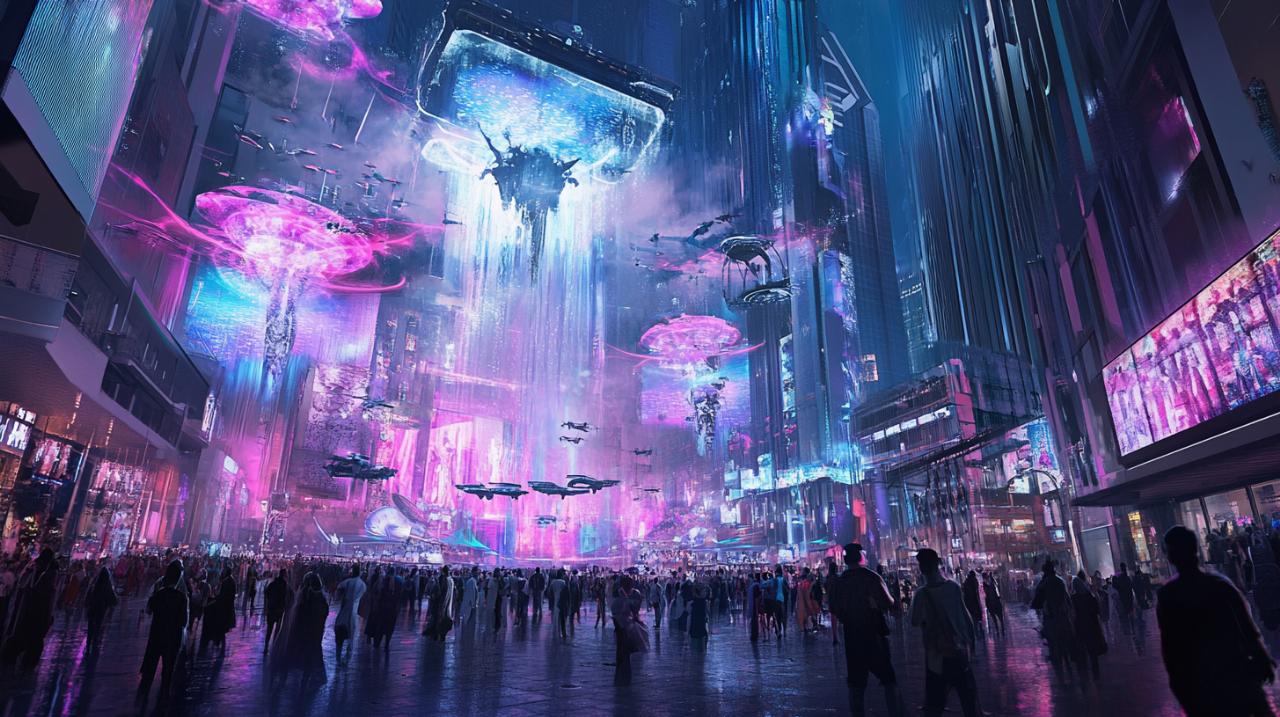Cultural heritage festivals have long served as vibrant expressions of tradition, yet in recent years they have evolved into remarkable mirrors reflecting broader shifts in how we live, connect, and celebrate. These gatherings now offer fascinating insights into modern life and society trends, revealing how ancient customs adapt to contemporary values and technologies. From the way audiences engage with performances to the environmental priorities shaping event planning, heritage festivals are becoming laboratories for innovation whilst maintaining their essential character.
Digital Integration and Virtual Participation in Traditional Celebrations
The transformation of cultural heritage festivals through digital means represents one of the most striking developments in contemporary event culture. Organisers across Europe and beyond have discovered that traditional celebrations need not remain confined to physical spaces. Instead, they now harness technology to expand their reach, allowing global audiences to experience festivals that were once accessible only to local communities. This shift has fundamentally altered the relationship between heritage events and their audiences, creating new pathways for cultural exchange.
How social media platforms are transforming festival engagement
Social media has become an indispensable tool for festival organisers seeking to build anticipation and sustain engagement long after the final performance concludes. Platforms such as Instagram, Facebook, and TikTok enable real-time sharing of moments that capture the essence of these celebrations, from intricate dance performances to the vivid colours of traditional costumes. Content creators, much like Coline who blends humour and fashion in her branding success, have found fertile ground in documenting their festival experiences, transforming personal journeys into compelling narratives that resonate with diverse audiences. The visual nature of these platforms suits heritage festivals particularly well, as images of craft markets brimming with handmade goods or spring events showcasing floral traditions require little translation to communicate their appeal. Festival-goers now serve as ambassadors, their posts and stories generating organic publicity that professional marketing campaigns struggle to match. This democratisation of storytelling has allowed smaller regional festivals to gain international attention, whilst major gatherings benefit from the amplified enthusiasm of their attendees. The interactive features of social media also foster dialogue, enabling organisers to gather immediate feedback and adjust programming to better reflect audience preferences. Comment sections become spaces for sharing memories, exchanging tips, and building communities united by appreciation for cultural heritage, regardless of geographical boundaries.
Livestreaming heritage events: bridging geographical divides
Livestreaming has emerged as a powerful complement to in-person attendance, offering those unable to travel the opportunity to witness heritage festivals as they unfold. European festivals held in spring and autumn, seasons rich with cultural significance, now routinely broadcast key performances and ceremonies to viewers scattered across continents. This technology proved particularly valuable during periods when travel restrictions limited physical attendance, yet its continued popularity suggests it addresses a deeper need for accessibility and inclusivity. Elderly individuals with mobility challenges, families with young children, and international enthusiasts can now participate in celebrations that would otherwise remain beyond their reach. The format also allows organisers to archive performances in PDF format and other digital repositories, creating enduring records that serve educational purposes and preserve intangible cultural heritage for future generations. Livestreaming introduces a curious paradox: whilst viewers experience events from a distance, the immediacy of the broadcast can create a sense of intimacy and connection. Silent communication and body language, crucial elements of many traditional performances, translate surprisingly well through screens, allowing remote audiences to appreciate subtle gestures and expressions that convey meaning beyond words. This form of non-verbal communication often carries profound cultural significance, and technology ensures these nuances remain accessible even when continents separate performer from viewer.
Sustainability and Environmental Consciousness at Contemporary Heritage Gatherings

Environmental concerns have risen to prominence in recent years, and cultural heritage festivals have responded by reimagining their practices through an ecological lens. Organisers increasingly recognise that preserving cultural traditions and protecting the natural environment are complementary rather than competing priorities. This awareness has sparked innovation in event planning, with festivals serving as testing grounds for sustainable approaches that balance authenticity with responsibility towards the planet.
Eco-friendly practices reshaping festival planning and execution
The operational aspects of heritage festivals have undergone significant revision as sustainability becomes a guiding principle. Single-use plastics, once ubiquitous at outdoor events, are disappearing in favour of biodegradable alternatives or reusable containers that attendees can purchase and refill throughout the celebration. Food vendors now prioritise locally sourced ingredients, reducing transportation emissions whilst simultaneously showcasing regional culinary traditions. This approach resonates with visitors who increasingly value transparency about the origins of what they consume, whether at craft markets offering handmade goods or food stalls serving traditional recipes. Waste management systems have become more sophisticated, with clearly marked recycling stations and composting initiatives that divert organic waste from landfills. Some festivals have introduced incentive programmes rewarding attendees who arrive via public transport or participate in cleanup efforts, fostering a collective sense of environmental stewardship. Energy consumption receives careful scrutiny as well, with many events transitioning to renewable power sources for lighting and sound systems. Solar panels and generator alternatives reduce the carbon footprint of celebrations that once relied heavily on diesel-powered equipment. These changes require upfront investment and logistical creativity, yet organisers find that eco-conscious approaches often enhance rather than diminish the festival experience, aligning with broader modern life and society trends that prioritise sustainability.
Community-led initiatives promoting green celebrations
The most enduring sustainability efforts often emerge from grassroots involvement rather than top-down mandates. Community members bring intimate knowledge of local ecosystems and traditional practices that naturally align with environmental conservation. Volunteers form the backbone of many eco-friendly initiatives, organising beach cleanups before coastal festivals or creating educational displays about indigenous ecological wisdom. These activities transform festivals into opportunities for environmental education, reaching audiences who might not otherwise engage with conservation topics. Birthday party planning guides and event supplier recommendations increasingly emphasise sustainable options, reflecting how these values permeate beyond large-scale festivals into personal celebrations. The principles tested at heritage gatherings ripple outward, influencing how individuals approach their own events. Craft markets associated with cultural festivals showcase artisans whose work embodies sustainable production methods, from natural dyes used in textiles to reclaimed materials transformed into jewellery. These vendors serve as visible reminders that environmental consciousness and artistic excellence can coexist beautifully. Some festivals have established partnerships with environmental organisations, creating programmes that extend beyond the event dates themselves. Tree-planting initiatives, habitat restoration projects, and educational workshops maintain momentum year-round, ensuring that the festival's environmental impact remains positive long after the last performance concludes. These collaborations also provide platforms for discussing broader environmental challenges facing communities, using the festival's cultural authority to amplify important messages. The integration of traditional ecological knowledge with contemporary sustainability science yields particularly rich results, demonstrating that ancient wisdom and modern innovation need not conflict but can instead reinforce one another in service of shared goals.







